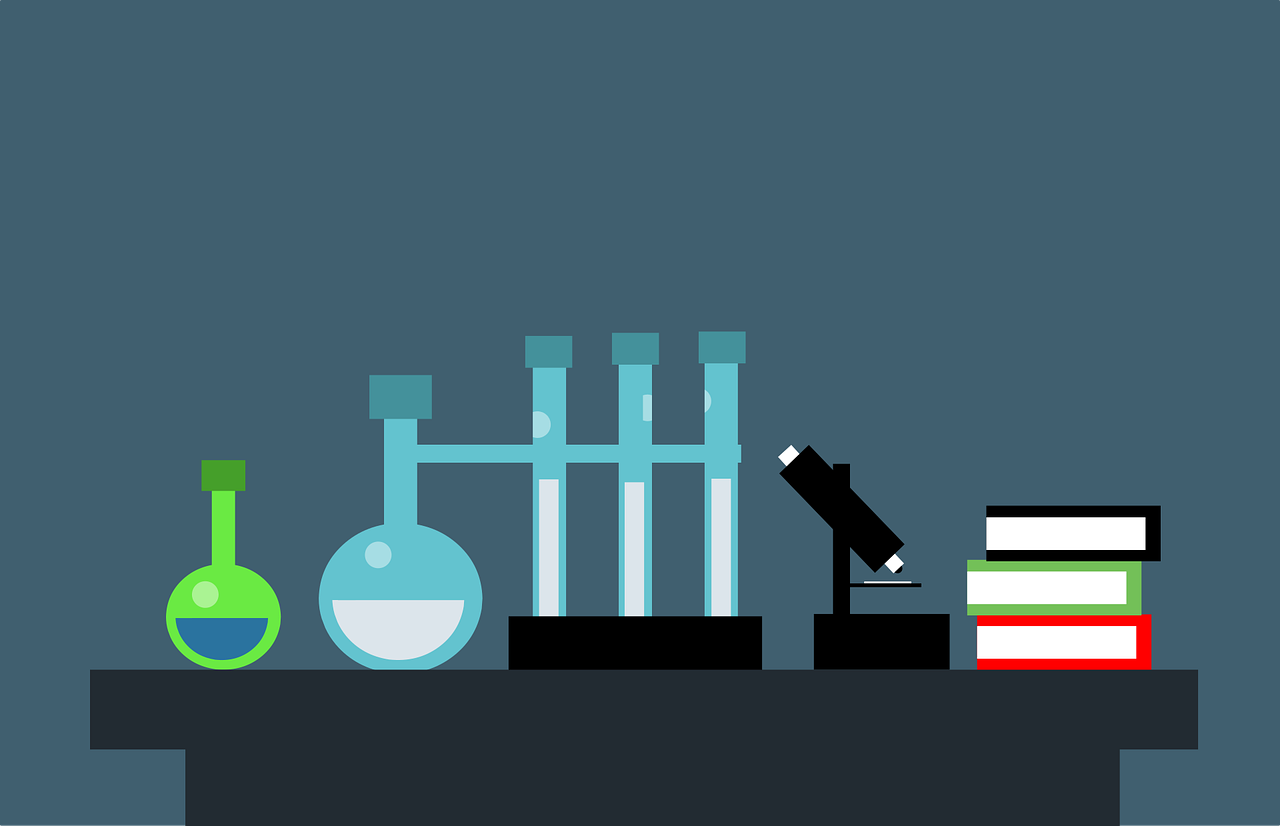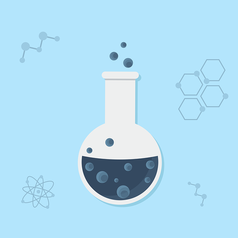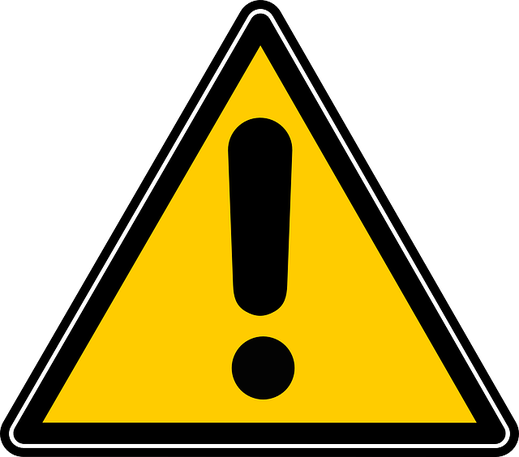Enviropass offers products assessment, testing, consultation, and training services regarding the management of environmentally hazardous chemicals in products:
We will recommend the best testing option depending on the complexity and the materials under investigation:


Chemicals are everywhere. Many occur naturally, but many synthetic substances area also found everywhere, from everyday products to the most complex professional devices.
Because of their properties, chemicals enable the design, development, and sale of the most astonishing technologies. These chemicals are plasticizers, hardeners, stabilizers, curing agents, flame retardants, pigments, lubricants, solvents, diluents, catalysts, etc.
Despite their valuable intrinsic benefits, scientists know or suspect that some of these hazardous substances are harmful to the environment and human health; hence public awareness and chemical regulations for various products.
Here are some of the common harmful chemicals with their associated hazards:
Confirmed of suspected Hazard | Substance Name | Use |
|---|---|---|
Carcinogen | Cadmium carbonate | Fungicides |
Mutagenic | Potassium dichromate | Pigments |
Reprotoxic | Benzyl butyl phthalate (BBP) | Plasticizer |
Persistent and bioaccumulative | Alkanes, C10-13, chloro (Short Chain Chlorinated Paraffins, SCCPs) | Flame retardant in rubber and plastics |
Endocrine disruptor | Dicyclohexyl phthalate (DCHP) | Plasticizer |
As a result, governmental agencies worldwide develop sets of regulations to prohibit, restrict, and monitor the use of certain hazardous substances in some products or applications:
This acronym stands for Restriction of the Use Of certain Hazardous Substances in electrical and electronic equipment. RoHS is a set of guidelines developed to make products safer, and it is a cornerstone of the Enviropass method.
EU REACH regulations include an obligation to declare Substances of Very High Concern (SVHC). In the European Union, producers must report the SVHCs contained in their products via the SCIP database. The REACH Annex XVII has also listed certain prohibited or restricted substances.

Under the Toxic Substances Control Act (TSCA), the US Environmental Protection Agency restricts the import and use of certain hazardous chemicals in products. In-scope chemicals include persistent, bioaccumulative, and toxic (PBT) substances, such as the PIP (3:1) plasticizer. TSCA also rules perfluoro- and polyfluoroalkyl substances (PFAS) like PFOA, which are present in various products, like coating applications in electronics.

Proposition 65 warnings apply to products introduced into the Californian market that contain chemical(s) known to the State of California to cause cancer, reproductive issues, and other reproductive harm.
Biocidal products regulation (BPR) must be registered and labeled accordingly.
The medical devices regulation (MDR) also includes restrictions and labeling obligations for specific substances.
Similar to the RoHS regulation, the ELV Directive specifically applies to automotive products.
The International Material Data System applicable (IMDS) to the automotive industry allows the communication of materials and hazardous product chemicals. Similarly, the Global Automotive Declarable Substance List (GADSL) lists many banned, restricted, and declarable substances.

If your products contain regulated substances, or if you have supply chain questions, contact Enviropass and talk to our team about moving forward.